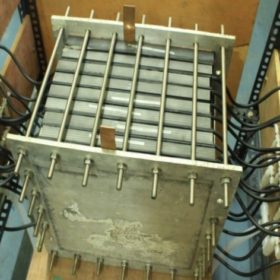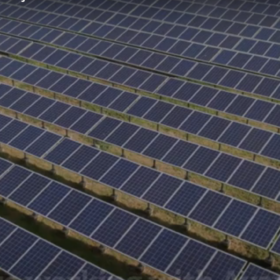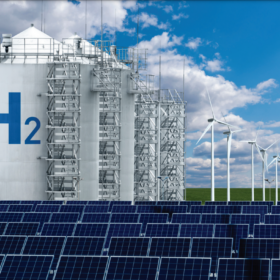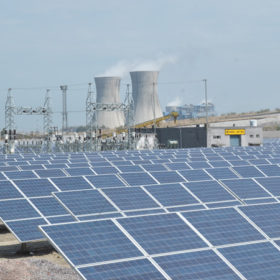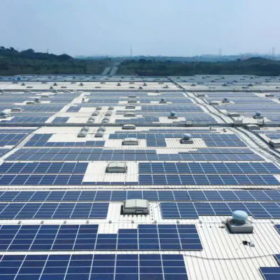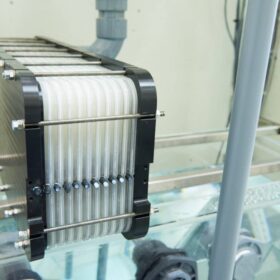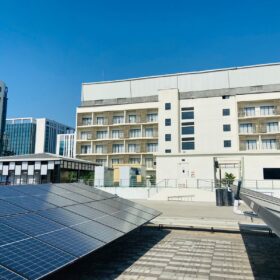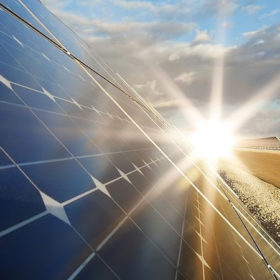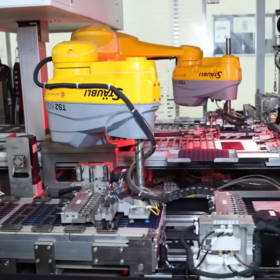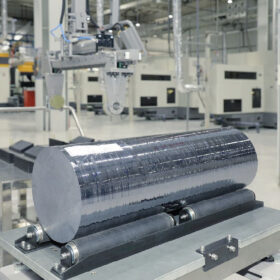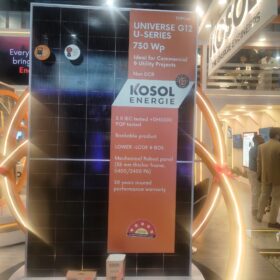Global flow battery market to grow at 22.8% annually
The global flow battery market will expand from $289 million in 2023 to $805 million by 2028, driven by increasing investments in renewable energy and flow batteries’ advantages over conventional products.
Uniper to build Germany’s largest PV plant
Uniper plans to power a green hydrogen production facility in the German state of Lower Saxony with 317 MW of solar.
Ayana to develop 330 MW of renewable energy capacity for Hindalco
Ayana Renewable Power has signed an agreement with aluminum and copper manufacturer Hindalco for a round-the-clock supply of 100 MW RE power. It will develop 330 MW of solar and wind power generation capacity, backed with pumped hydro storage solutions from Greenko Energies, to supply carbon-free power to Hindalco.
Andhra Pradesh requires $10-15 billion to achieve green hydrogen capacity of 500 ktpa by 2030
Andhra Pradesh requires an estimated $10-15 billion to achieve 500 ktpa green hydrogen capacity by 2030. Around 70% of this investment will be needed to create renewable energy infrastructure such as solar and wind power generation plants, with the balance for electrolyzer capacity additions.
NTPC, OIL sign MoU for renewable energy and green hydrogen
NTPC and Oil India Ltd have signed a Memorandum of Understanding to explore collaboration in renewable energy, green hydrogen and other areas as they eye increased footprint in the renewable energy domain.
India expected to add a record 4 GW of rooftop solar in fiscal 2024
Despite major roadblocks, rooftop solar capacity additions in the country are growing fast, with nearly 2 GW already added in the four months ending July 31, 2023.
USA, India launch renewable energy technology action platform
The renewable energy technology action platform will initially focus on green and clean hydrogen, wind energy, long-duration energy storage, and exploration of geothermal energy, ocean/tidal energy and other emerging technologies.
Redesigned zinc-air batteries ‘better’ than lithium, say Australian researchers
Researchers at Edith Cowan University in Australia have redesigned zinc-air batteries and have found the technology to be preferable to lithium-ion batteries – even for electric vehicles.
Fimer’s battery storage compatible inverters to fulfil Capgemini’s 100% renewable power obligation
Fimer recently supplied its 2 MVA inverters for battery energy storage systems (BESS) deployed at IT major Capgemini’s campuses in Mumbai and Noida.
International Solar Alliance convenes meeting of regional committee for Latin America and Caribbean region
The Fifth Meeting of the ISA Regional Committee for Latin America and the Caribbean Region took place this week, convened by the International Solar Alliance (ISA). Its primary objective was translating ambitious solar energy goals into concrete results while addressing pertinent regional issues. The meeting was presided over by Tania Masea, vice minister for new […]
